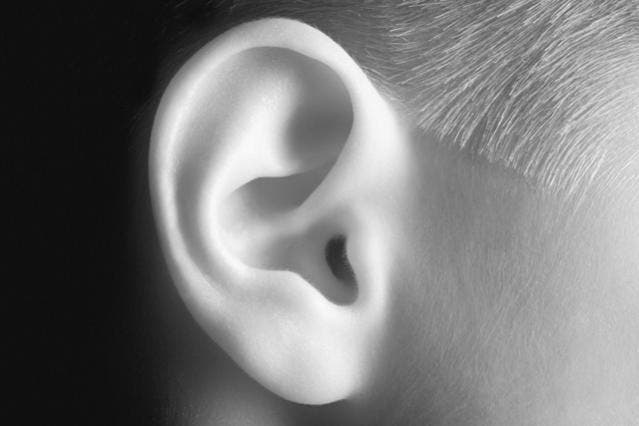A cochlear implant that can be wirelessly recharged using the natural microphone of the middle ear rather than a skull-mounted sensor was developed by a joint team from MIT and Harvard.
The cochlea is the auditory part of the inner ear – t’s where the hearing takes place. Cochlear implants are not really a new thing – but generally they use a disk-shaped transmitter about an inch in diameter and connect it to a microphone and power source that looks like an oversized hearing aid around the patient’s ear.
But this new device doesn’t require any external hardware, and to make things even better, you can charge it wirelessly, and every full charge lasts about 8 hours – not really enough to go on a full day, but considering that a full recharge takes only 2 minutes, it’s pretty OK. Marcus Yip, the lead author, will soon exhibit a prototype charger that plugs into an ordinary cell phone.
“The idea with this design is that you could use a phone, with an adaptor, to charge the cochlear implant, so you don’t have to be plugged in,” says Anantha Chandrakasan, the Joseph F. and Nancy P. Keithley Professor of Electrical Engineering and corresponding author on the new paper. “Or you could imagine a smart pillow, so you charge overnight, and the next day, it just functions.”
This implant takes advantage of previous designs, as well as the structure of the human ear. Notably, the middle ear acts like a microphone: tiny bones inside it, called ossicles, convey the vibrations of the air (the sounds), amplifying and sending them further to the inner ear, which further converts acoustic signals to electrical that your brain can process and interpret. Current middle-ear implants consists of a tiny sensor that detects the ossicles’ vibrations and takes it on from there. In people who need these implants, the cochlea is functioning fine, but one of the ossicles doesn’t vibrate hard enough to transmit the signal.
The new design uses a similar type of sensor, but the generated signal would only travel to a microchip inside the human ear, which converts it into an electrical signal and passes it on to an electrode in the cochlea – it’s a much more elegant and efficient approach.
“It’s very cool,” says Lawrence Lustig, director of the Cochlear Implant Center at the University of California at San Francisco. “There’s a much greater stigma of having a hearing loss than there is of having a visual loss. So people would be very keen on losing the externals for that reason alone. But then there’s also the added functional benefit of not having to take it off when you’re near water or worrying about components getting lost or broken or stolen. So there are some important practical considerations as well.”
Source: MIT.









